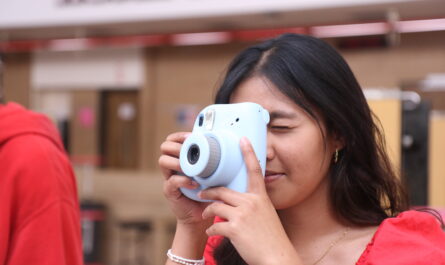The halls of NS have been buzzing with controversy over what is known as “the new grading system.” Change does not always come easy, and this new grading system is no exception.
Although it is known throughout the school as the “new system,”, it actually is not a system. It is a learning strategy. This strategy is known as personalized competency based learning (PCBL).
“It’s not a program, and it’s not an actual framework, but it’s more of a whole bunch of strategies that help students personalize what they are learning,” said teaching coach Dax Higgins, who is helping spearhead this new strategy.
The strategy is also known as proficiency based learning. The proficiency scale is how students are assessed. Rather than giving each student a percentage, the student is placed into a number category of 1, 2, 3, or 4, with 1 being below proficient, and 4 being above expectations.
“We’ve seen that these strategies can really help students connect with what they are learning. It’s not just memorize this and feed it back to me,” Higgins said.
The PCBL is designed to help the flow of communication between teachers, students, and parents. Although that seems simple enough, there is one slight hiccup. Up till now everyone has been trained to base grades off of a percentage. With the proficiency scale, a 3 would be considered an A. But what about a 4?
Currently there is no explicit direction for teachers on what percentage those scores equate to.
“The bad would be that sometimes our platforms, like Canvas and Powerschool, aren’t set up to demonstrate those things,” said business teacher Layne Cook.
Senior David Harman sees the scale in a more critical way.
“Anything below a 3 you’re just not doing good. Which basically limits you to either a 3 or a 4… you’re either failing or you’re not,” Harman said.
On the other hand, some students feel that the PCBL is more representative of how they are actually doing. Elgen Tidwell is one such student.
“I like it better because I feel like it’s slightly closer to being somewhat more representative of what material has actually been learned,” Tidwell said.
In the end, that is the purpose of applying this state-wide strategy here at NS, to better represent what the students have learned.
“At the end of the day I don’t really care what it is going to take,” Cook said. “I want the students to actually focus on learning, and it’s working.”
Although the PCBL may be a work in progress, the hope is that someday this framework will help not only the students, but the teachers and the parents as well.



